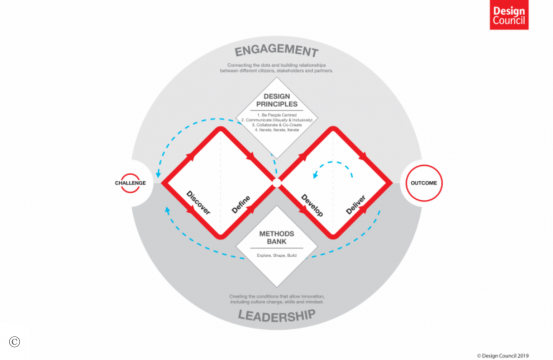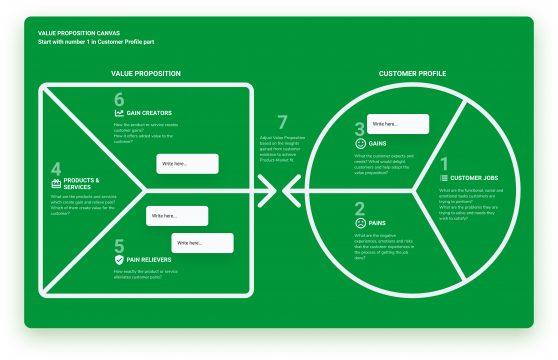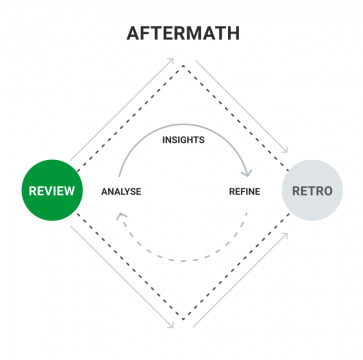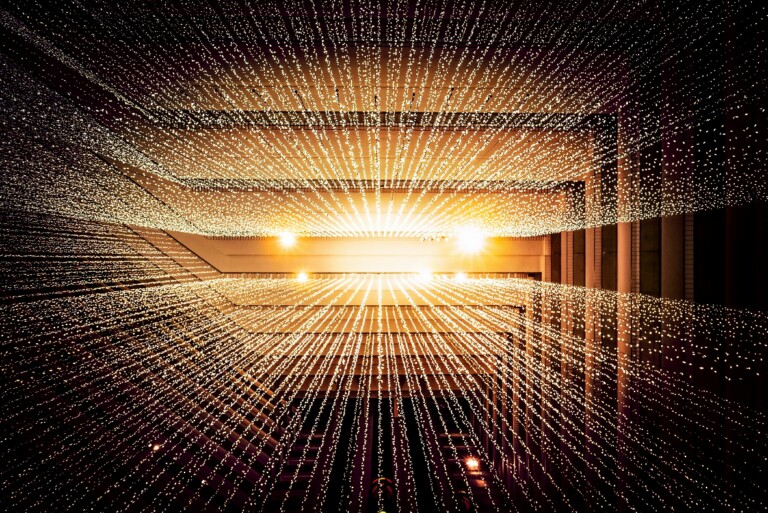Article
by Nortal
Let's get down to the nitty-gritty - how to develop products that make sense to customers?
It is surprising how often large investments in developing a service produce poor results. The most common oversight tends to be that people start working on a service or product without a shared vision and systematic approach to the whole process. Therefore, the project could be developed haphazardly without seeing the bigger picture. The good news is that there is a solution: the superpower of design thinking can turn the problem around.
At Nortal, we are working every day on products and services with millions of users and we believe that the key to success not only lies in developing an excellent technical solution but also in adopting a holistic approach to the process. By applying various methods of design thinking in our work, we help our clients to excel in making their services successful. Here’s how.
Double Diamond has proven results
One of the best-known design process models is Double Diamond, popularized by the British Design Council. It divides the design process into four phases: discover, define, develop, and deliver. The Double Diamond model is based on “divergent” and “convergent” thinking, i.e., first creating a whole host of ideas, then refining them, and finally picking the best. The same process is followed twice; the first time is dedicated to establishing the problem, and the second – creating the solution.

The Double Diamond Model. Source
However, we took this approach a few steps further and created our own Five Diamonds Model, consisting of five phases and including cooperation as one theme.

The Five Diamond Model in Nortal
It is essential to add cooperation into the model because visualization of the process helps make communication between the various entities and areas of activity considerably more effective. Harmonious cooperation within the company is a must-have for success. And here is a hint on recognizing improvement in teamwork – when the team members start referring to “our commitment” instead of “my responsibility.”
How does the Five Diamonds Model work in practice?
The first diamond: Homework
A successful project starts with homework and setting up the plan by the team internally.

Homework and setting up the plan
As a UX design team, we can have some idea of what the users want, but actually, we do not know it. Human-centered design in product development means that the end-user is involved in the project from the first development phase until the launch of the product or service and participates in further development activities. This means that feedback from and dialogue with the users must be an ongoing process, improving and developing the product.
During the first phase, the team must agree on the purpose of the product or service to avoid misunderstandings. Human-centered design is more far-reaching than the self-image of the team members, and decisions are made based on the needs of the user. To achieve this, homework has to be done correctly within the first diamond.
Food for thought: you are a management board member of a successful spa, and you learn at a meeting that the number of visits dropped nearly by half in comparison with last month. How do you turn the process around and restore the numbers?
- Offering more services
- Refurbishing the interior of the building
- Offering a faster internet connection
- Welcoming dogs
- Any other ideas?
Applying the principles of the Double Diamond Model led to the following solution:
- Contacting people who had stopped visiting the spa.
- The visitors were asked how they got to the spa and what they did when there.
- It became clear that the bus stop being moved to a more distant location prevented many from visiting the spa.
The second diamond: Research

The second diamond involves mapping the processes and consists of two elements: “as-is” research and mapping. It means mapping the end user’s current journey. For example, when looking back at a recent visit to a café or restaurant or thinking about getting home from work, we tend not to remember the details. Systematic mapping of the journey provides a detailed view of the situation, helps discover hidden nuances, and finds ideas for the best possible solution.
There are dozens of methods available to utilize in this phase. Below are the three most widely used.
- Mapping the personas allows viewing the end-user with empathy to understand what they are comfortable with and why.

Persona map
- The customer journey means stepping into the customer’s shoes and experiencing and viewing the journey through their eyes.

Customer journey map
- The value proposition canvas is used to map how products and services help create gains and relieve the pains of a specific customer profile.

Value proposition canvas
Food for thought: you are working as a designer in a health-tech firm and have just finished developing a state-of-the-art CT scanner. One day, you notice how scared a child is to undergo the scan in the machine you have created. From that moment, your challenge has been how to make radiological examinations and procedures a pleasant experience for children.
Using design thinking methods led to the following solution:
- Everything comes down to empathy, especially if the target group is diametrically different from you.
- To achieve this, professionals who deal with children daily were consulted. They included various experts, from physicians to specialists, working in a children’s museum.
- It was necessary to view the service from the child’s perspective to develop the solution, then design the prototype looking at the whole experience through the child’s eyes.
- As a result, a new prototype was developed for the examination, creating a child-friendly design for the scanner and the examination room called “A Series of Adventures.”

Design created for a children’s hospital. Source
The third diamond: Creating the solution with as precise a prototype as possible

Let us imagine building a new car model and deciding with the team that the car must be red. Without a clear prototype, every team member might have a different red vehicle in mind. For example, the project manager thinks of a Ferrari, the designer has a camper van in mind, and the IT developer a red Mazda. Thus, a shared understanding of what is to be created is essential for developing a working prototype that can then be tested with the end user in the next phase.
The fourth diamond: Building and testing

If our product is a cooking spray, it is easy to assume that it is also easy to develop, for we all have used it before. However, even when designing prosaic products and services, the ideas must be tested thoroughly; decisions that seem insignificant at first glance may be decisive in the end. For instance, if we were to design the cooking spray bottle like a bottle of insect killer, we would have created dangerous room for user error.

Insect killer vs. cooking spray
No doubt, we all have experienced and noticed things poorly made or designed. Apparently, in 66% of cases, new products and services get tested only in the production phase. And in 50% of cases, the end-users are not involved in the process at all.
The testing tools include, but are not limited to, the following:
- Interviews and discussions concerning the relevant field
- Hallway testing
- Prototype testing
- Any many more
The fifth diamond: Getting constant feedback from end-users and acting on it
 The fifth diamond takes us back to the team and to the process of drawing conclusions and perfecting the product or service. The world is moving ahead at full speed all the time. Only recently, it wasn’t easy to imagine that an interactive screen would help us locate the desired book in a library. Today we enter a building, notice a bright screen, and immediately assume that it provides us with the information we need. To achieve such a result, it is necessary to systematically get feedback from the end users and apply it to ensure an excellent user experience.
The fifth diamond takes us back to the team and to the process of drawing conclusions and perfecting the product or service. The world is moving ahead at full speed all the time. Only recently, it wasn’t easy to imagine that an interactive screen would help us locate the desired book in a library. Today we enter a building, notice a bright screen, and immediately assume that it provides us with the information we need. To achieve such a result, it is necessary to systematically get feedback from the end users and apply it to ensure an excellent user experience.
Service design is the hygiene factor
Often, we are stuck in insignificant details, like arguing over the choice of a button or the color scheme of a web page. By doing so, we overlook why a product or service is to be developed in the first place. Three main questions have to be answered for a successful result: who is the end-user, does the proposed product or service resolve the real problem, and has a common work process has been agreed upon within the team. A systematic approach and empathy are fundamental to developing a profitable product. In other words, service design is the main player in creating products and services that work well, offer added value, and make users happy.
Reference: The source for the hero picture: “15 useless product designs“, Plain Magazine
Get in touch
Let us offer you a new perspective.


